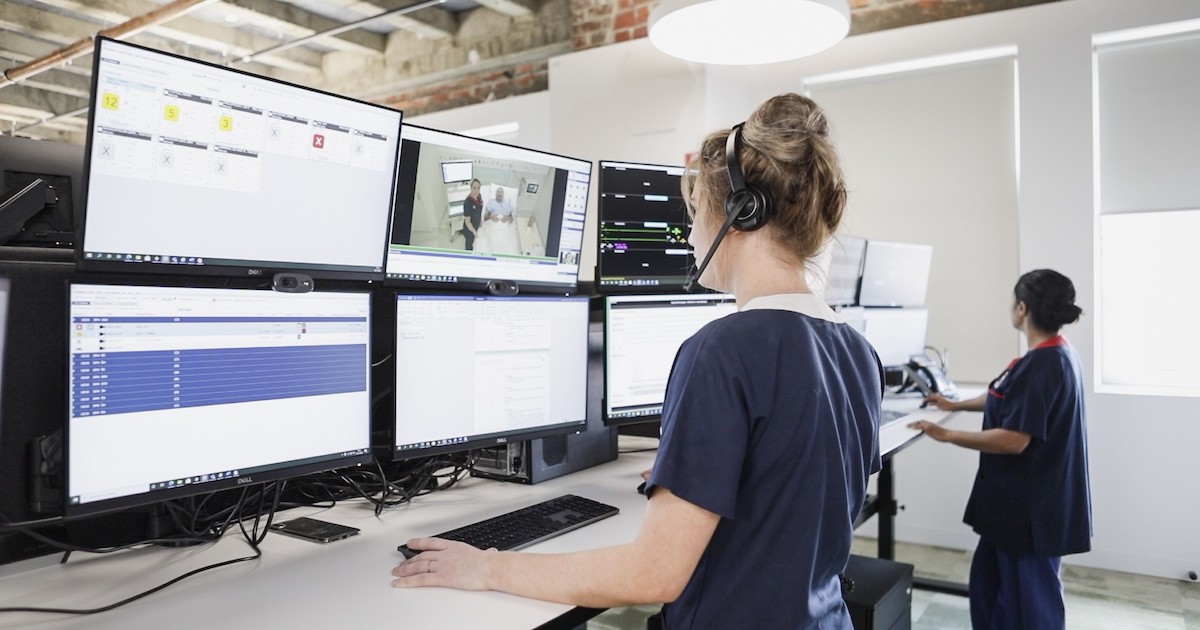In the final episode of HIMSS Australia Digital Dialogue Series hosted by Tim Kelsey Senior Vice President of HIMSS Analytics International and guest speakers - Dr Mukesh Haikerwal AC (GP in Melbourne, Former Chair of Council of the World Medical Association and Federal President of the Australian Medical Association,AC) , Bettina McMahon (Interim Chief Executive Officer at Australian Digital Health Agency), Leanne Wells (Chief Executive Officer, Consumers Health Forum of Australia) and Penny Shakespeare (Deputy Secretary, Health Financing, Australian Government Department of Health) reveal more about how COVID-19 has served as an impetus in driving the digital health agenda across Australia, as well as possible learning points to take note of to ensure the continued success of telehealth within the country in future.
ACCELERATING DIGITAL HEALTH OPPORTUNITIES IN AUSTRALIA
“COVID has given us the opportunity to accelerate the work that we’ve had underway for some years on a slightly lower trajectory,” began Shakespeare. The global epidemic paved the way for the swift development of news models of healthcare conceived by relevant stakeholders as well as medical advisors which were aimed at effectively dealing with infection control and to deliver care. These included models of care revolving around primary care in hospitals, aged care for at risk individuals as well as those who were faced with chronic illnesses. The realization of the importance of telehealth as a critical part of the primary model of healthcare also became more pertinent.
Health care providers worked with public health authorities closely to implement better health protection policies as well as manage models of care. Funding for healthcare services also received a huge boost from the government. There are now 30 million healthcare services funded under Medicare since March as compared to 394,000 in the most recent financial year which sparked a massive expansion in healthcare.
“More than 76,000 providers currently have got 1 in 3 GP services being provided by telehealth under Medicare”, Shakespeare added. Digital health agencies worked diligently with prescribers and dispensers to hasten the development of e-prescribing around the country. This was further supported by the Australian government’s further injection of funds to develop the required software to enhance the availability of e-prescribing.
A lot of work was done to track patients as well as consumer experiences and their general sentiment towards telehealth. “Consumers on the whole have really embraced the changes,” Wells said. The general acceptance on the digital changes in healthcare amongst the population has also greatly eased its implementation across the country. Wells further elaborated that “(w)e want telehealth to be a permanent feature of the health system and of Medicare arrangements”. Healthcare providers are working to ensure that safety and quality assurances are all put in place before allowing for the perpetuation of telehealth services around the country.
Telehealth has also played a huge role in enabling the provision of healthcare services to more remote or rural areas. “We have done more health innovation and brought in new systems in 6 weeks of this crisis than we have in 25 years,” Haikerwal explained. This included video-consulting for patients which helped to greatly reduce the amount of face to face interaction, effectively limiting the spread of the virus. Secure messaging platforms were also utilized to help send out messages designated pharmacies after patients were prescribed with the medicine.
Another huge turning point within the country was the restructuring of healthcare organizations within the country. Local health providers in the different suburbs began working with local governments directly during this period which greatly facilitated their operational efficiency.
LEARNING POINTS GATHERED FOR FUTURE DIGITAL HEALTH IMPLEMENTATIONS
“Thinking about how we actually test the workflows and then how we scale nationally in a way that the change can be managed for prescribers, dispensers and for the consumers,” McMahon postulated. The extensive testing processes that were carried out worked well and there were high levels of acceptance amongst the general population including both young, tech savvy individuals as well as elderly patients who were reliant on medicines to manage their chronic conditions. This paved the way for the realization that it was necessary to first build community confidence in using digital health services. Healthcare providers began shifting a huge part of their advocacy to this over the past 6 months.
“We want telehealth to be a permanent feature of the health system and of Medicare arrangements,” said Wells. Moving forward, the aim would be to allow for telehealth to become a part of Medicare on a long term basis and the government would be expected to make announcements on the role which telehealth would play in the landscape of healthcare after the 31st of September.
Digital health services can be expanded further to include other aspects of healthcare as well even when the epidemic blows over. For example, healthcare providers can work with radiologists to leverage on decision supporting software to better avoid unnecessary tests and to reduce the likelihood of a patient’s exposure to hazardous situations. However, an important caveat to take note of would be the differing levels of digital literacy which consumers in the country have.
Not everyone would have the same level of confidence or literacy when it comes to the utilization of digital health services and the Australian government would have to tread lightly when implementing new policies to ensure that health inequities are not exacerbated within the country.

